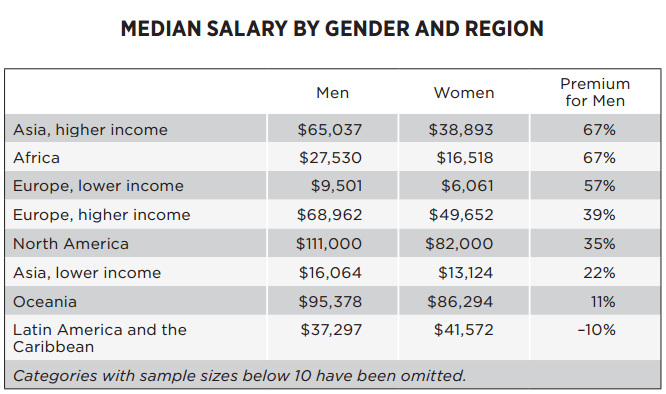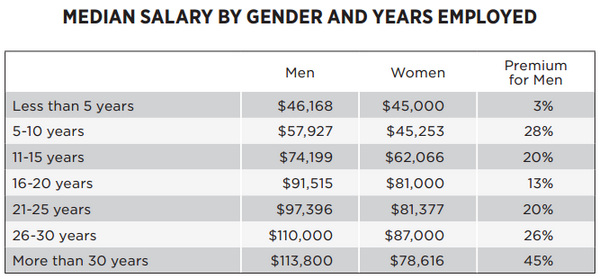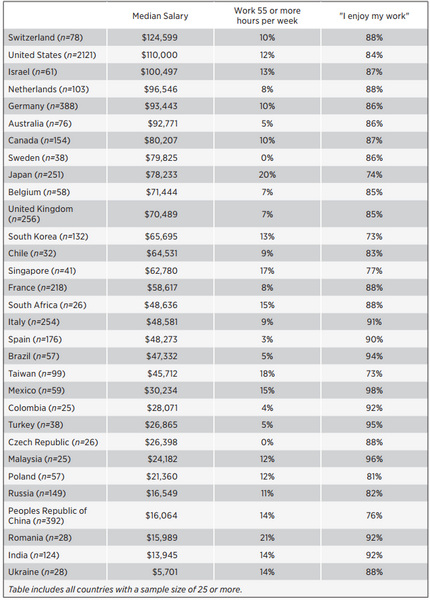Women on average are earning 40 percent less than their male counterparts in the optic and photonics industry, according to findings published by The International Society for Optics and Photonics (SPIE) in its latest 2014 Optics and Photonics Global Salary Report.

|
|
(Source: SPIE) |
Large gender gap in the industry continues to exist, partly because of a minority of women working in the field. Results from the study showed, the gender pay gap widened the more experienced a woman became. Women were earning less than 3% compared to male colleagues during first year of work, but those with more than 30 years of work experience were earning 45% less. On average, men earned US $77,000, and women only US $55,169.
 |
|
(Source: SPIE) |
The report also noted largest gender income disparities occurred in high-income Asian countries and African countries. The findings were consistent with previous findings by Nature that “Large salary disparities persist between male and female researchers.”
Other key findings of the report that surveyed 6,012 full-time employees in the optics and photonics industry as follow:
-
The median salary for survey respondents is US $73,000. Salaries are widely distributed around this midpoint, with differences primarily driven by country income level and employer type.
 |
|
Median salary, high workload, and job satisfication by country. (Source: SPIE) |
-
The highest-paid discipline is aerospace, with a median income of US $116,269.
-
For-profit respondents see product innovation as a key element of career success, versus academic and government respondents who place high value on scientific discovery.
-
Survey respondents are highly satisfied with their jobs overall: 85% enjoy their work, while 88% respect the work of their peers.
-
40% of workers in higher-income Asian countries work 50 or more hours per week. 21% of Romanian workers report working 55 or more hours per week, the largest percentage of any country. Japan follows closely, with 20% working 55 hours or more per week.
-
91% of workers in lower-income Asian countries expect a raise in 2014 versus 58% of lower-income Europeans.
-
For more info please see: http://spie.org/Documents/CareerCenter/2014-Global-Salary-Report.pdf





 CN
TW
EN
CN
TW
EN








